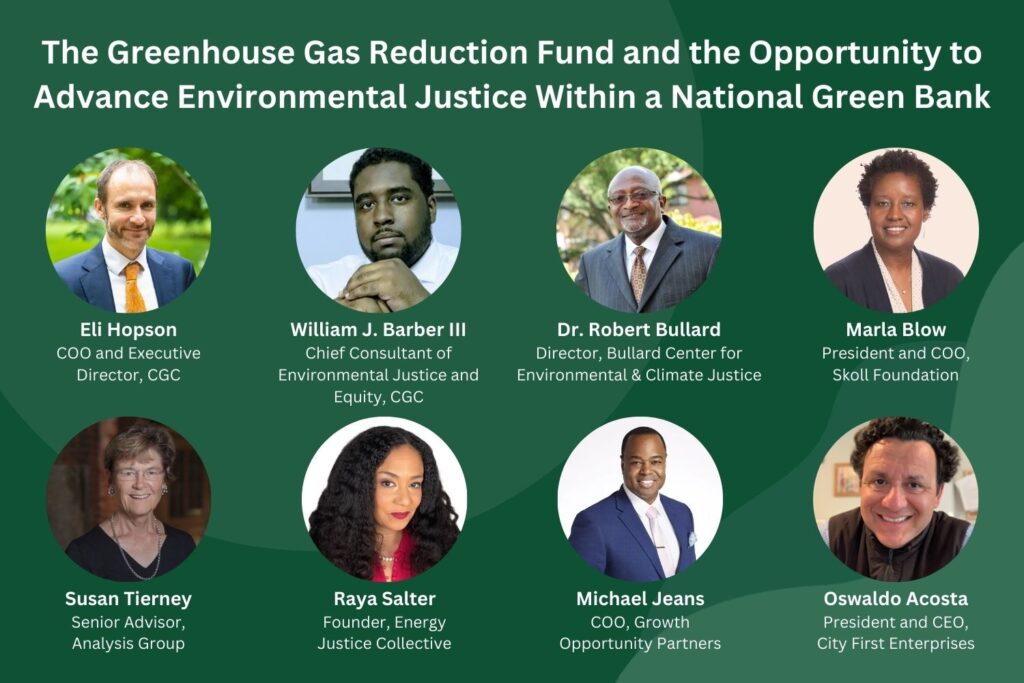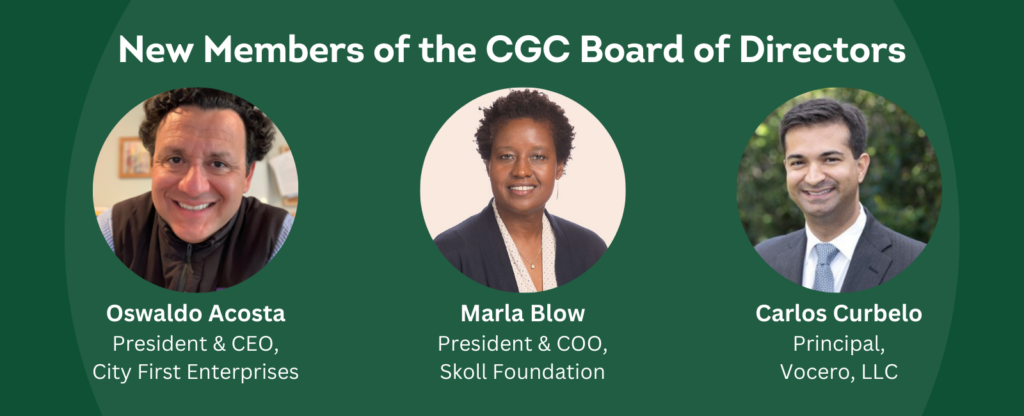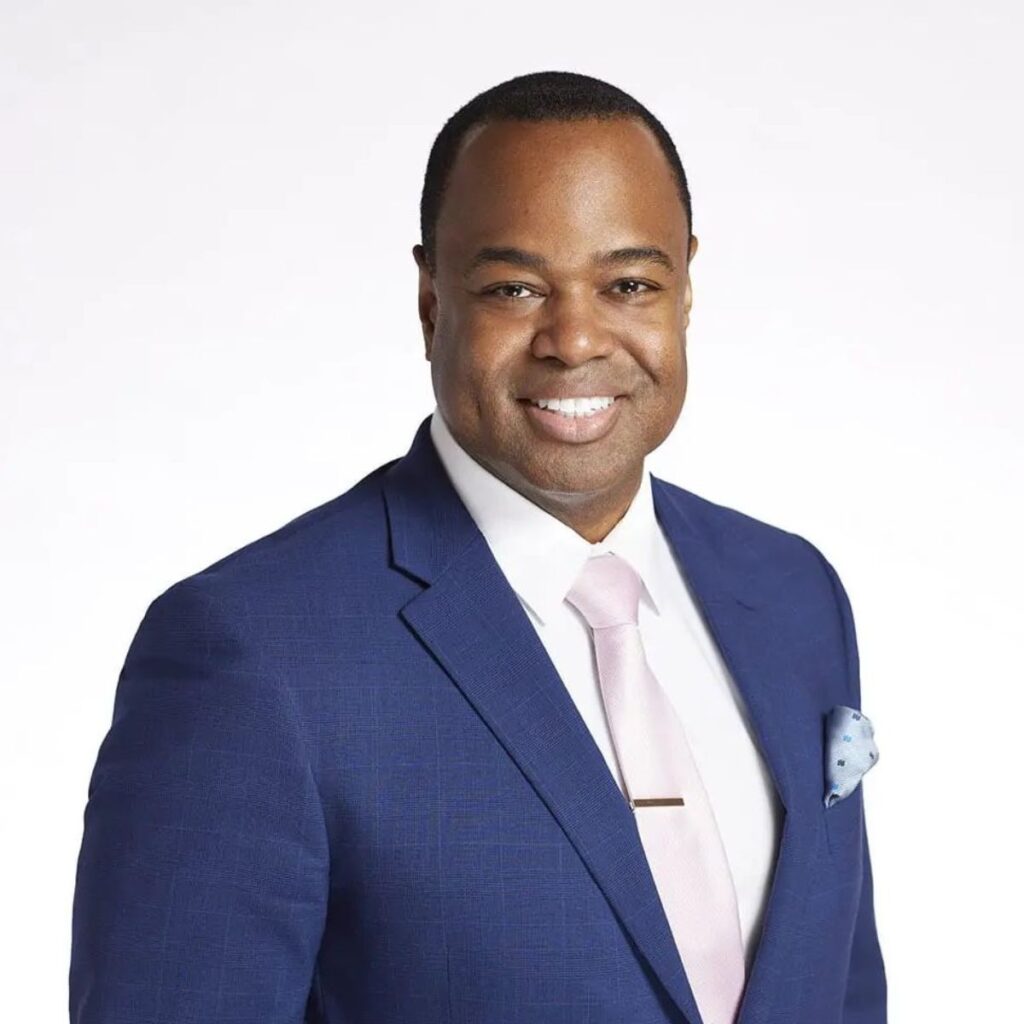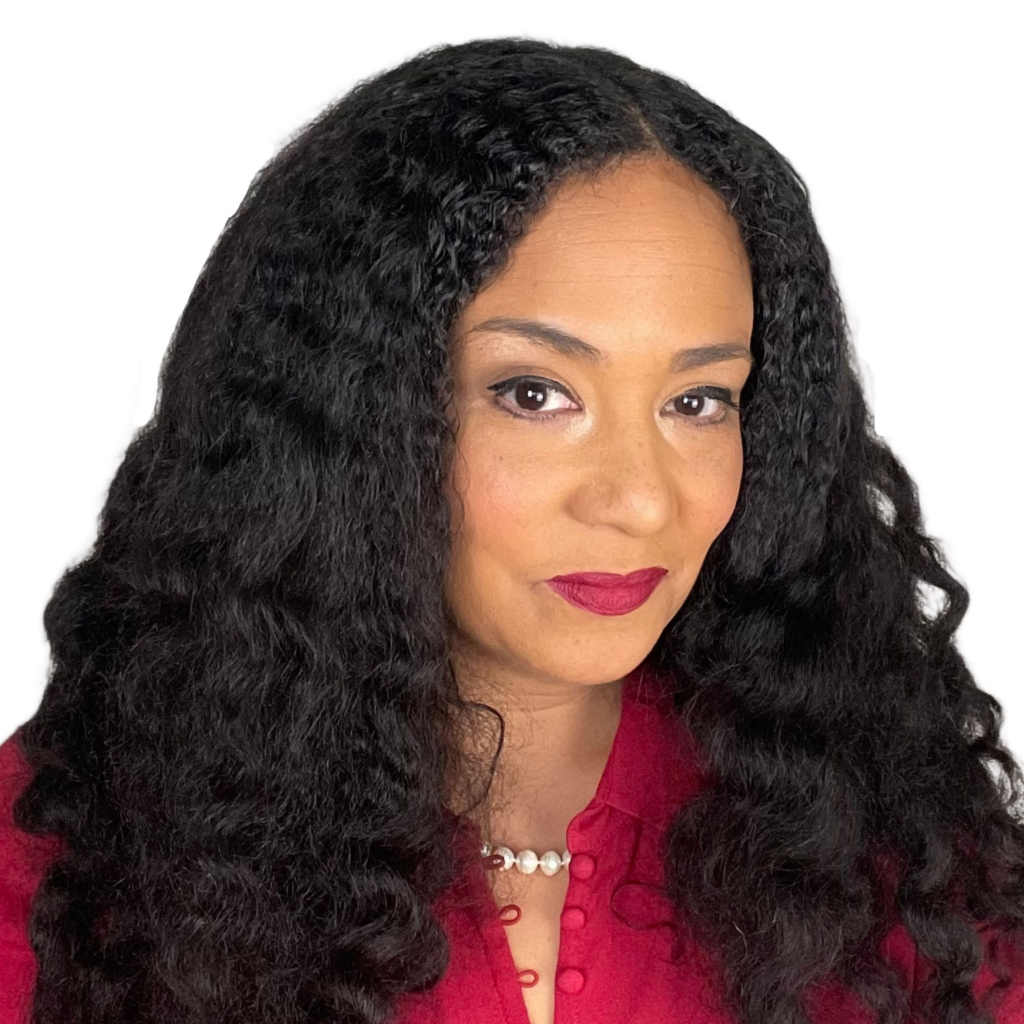Leaders in the movement for environmental justice spoke out in favor of a national green bank on Sunday during a presentation hosted by the Coalition for Green Capital. They say a national green bank is the best way to ensure federal resources made available by the Inflation Reduction Act’s Greenhouse Gas Reduction Fund actually reach historically disadvantaged communities and address climate change.

William J. Barber III, chief consultant of environmental justice and equity for CGC and Eli Hopson, COO and executive director for CGC stressed the organization’s commitment to disadvantaged communities and described the work, so far, to recruit a broad and diverse network of environmental justice advocates and organizations.

Barber said, “At CGC, we've committed to acknowledging our role at the helm of the National Green Bank movement and continuing to work with partners to coordinate our efforts, seeking opportunities to maximize benefits with communities through combinations of deployed capital and legislative incentives, and to build upon a credible track record to show that creative solutions and innovative new ways of measuring our success have a viable place in the mainstream discourse of climate finance.”
“This conversation is a part of a long-term strategy to identify and create outreach opportunities to national partners with proven track records of engaging frontline constituencies, that includes environmental and energy justice advocates and activists and includes community-based organizations who have deep trusted relationships in frontline communities,” Barber continued. “It includes reaching out to networks of BIPOC, people of color-led financial intermediaries, who we need to help us deploy capital to the areas that need it most.”
“We are committed here at the CGC to the dual mission of helping to create a national green bank for the climate imperative because we need to act swiftly on climate in order to reduce the worst potential impacts that we're seeing unfortunately… and to make a difference in disadvantaged communities that too long have been underserved by our financial sectors,” said Hopson.
Dr. Robert Bullard, often described as the father of environmental justice, discussed the urgency of capitalizing a national green bank and aligning community-driven priorities with resources that will be deployed. He also highlighted how a national green bank is well equipped to immediately support communities already prepared to receive funds for clean energy projects and provide technical assistance in areas that lack capacity but are in urgent need of investments.

“When we talk about the green bank, we talk about investments in communities that have long been neglected and addressing those issues with the urgency of now,” said Dr. Bullard. “We need this policy to roll out now because communities are hurting now... We need an accelerator in terms of solutions and I see the idea, the concept… and moving forward with the concept of green banks and a national green bank. It's important that we emphasize the national, because it's not enough just to have two dozen states moving forward. We need a national accelerator that can implement the issues around climate justice that's fair, just, and equitable. We need that now.”
CGC Board members Marla Blow and Susan Tierney discussed the importance of building a leadership team that will operate at the intersection of racial justice, economic inclusion, and environmental energy justice.
“We've brought together connectivity with the philanthropic sector, in the civic engagement arena, we've brought private sector actors, and we have the public sector connection as well,” said Blow. “Bringing that deep commitment and bringing that level of expertise across a host of dimensions is the difference maker for this national green bank undertaking. Knowing that we will be able to speak the language and bring the right to support from across all of the different sectors of our society is the difference here and sets us up to be successful in building the organization that we have in front of us.”

Tierney highlighted new additions to the CGC board for the purposes of governing the national green bank including, Marla Blow, Oswaldo Acosta and former Congressman Carlos Curbelo.

Michael Jeans, COO of Growth Opportunity Partners, discussed his experience launching the first African-American led green bank with the support of the Coalition for Green Capital and his organization’s support for the “Big Tent” approach to building trust with communities and launching the national green bank.
“There's a lot of leaning in that needs to happen and commitments that need to be made,” said Jeans. “Partnership comes with trust and trust is only sustained if we do what we say we're going to do… It's a conversation that should be had and we're going to build a big tent… So that we can find, not only a lot of conflict but assurances that these dollars are going to be deployed in an equitable manner.”
Sharlene Brown and Raya Salter, members of the CGC Environmental Justice Advisory Board, touched on the unprecedented opportunity for capitalizing a national green bank, the board’s commitment to environmental justice and alignment with Justice40 priorities.


“With this moment and this investment through the IRA, and the creation of a national green bank, I think the opportunity that we have to radically turn around what we see as the racial wealth gap in the United States is what is really also presented here,” said Brown. “I think about it from the energy and climate piece but I also see a really powerful opportunity to uplift communities and to create new models that really help to inspire and grow wealth in communities that have historically been left behind.”

“This federal opportunity really is unprecedented,” said Salter. “This is something that we need and we need all of you to join in with us to take advantage of this unprecedented opportunity to really scale the projects that we want to see done... We really need the environmental climate justice advocates, to be partners, to hold us accountable, and to be implementation partners so that we can take advantage of what really is an unprecedented opportunity.”
